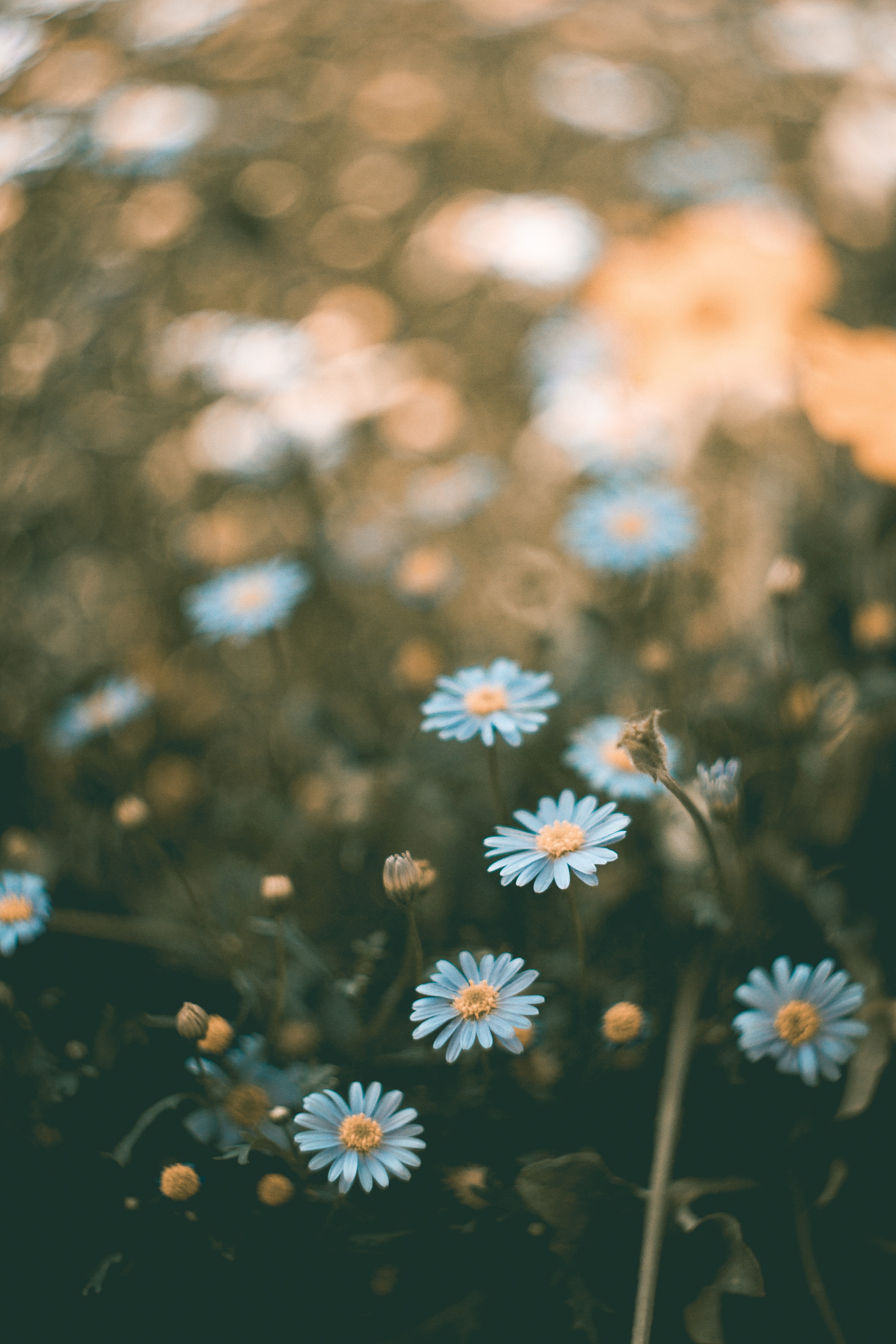Lesson 14. How to Express Comparison in Japanese


In this lesson, we will learn how to construct comparative sentences in Japanese. The good news is, you do not have to conjugate Japanese adjectives into the comparative form! All you need to do is to add the keywords – の方が (no hō ga) and/or より (yori).
の方が (no hou ga)
We use の方が (no hō ga) for doing comparisons. The object attached with の方が (no hō ga) possess some characteristics greater than other things do.
Structure: [object with greater characteristics] + の方が
It can be used alone without another thing to compare with. Examples:
チューリップの方が綺麗です。
Chūrippu no hō ga kirei desu.
Tulip is more beautiful.
日本のお米の方が美味しいです。
Nihon no okome no hō ga oishī desu.
Japanese rice is more delicious.
より (yori)
If you need something to compare with, use より (yori). Roughly translated as ‘than’, より (yori) is a particle that placed after the object with fewer characteristics.
Structure: [object with fewer characteristics] + より
Therefore:
チューリップの方がヒマワリより綺麗です。
Chūrippu no hō ga himawari yori kirei desu.
Tulips are more beautiful than sunflowers.
日本のお米の方がインドのお米より美味しいです。
Nihon no okome no hō ga indo no okome yori oishī desu.
Japanese rice is more delicious than Indian rice.
より (yori) can come earlier or later than の方が (no hō ga), vice versa. Both are grammatically correct. Thus:
向日葵よりチューリップの方が綺麗です。
Himawari yori chūrippu no hō ga kirei desu.
Tulips are more beautiful than sunflowers.
インドのお米より日本のお米の方が美味しいです。
Indo no okome yori nihon no okome no hō ga oishī desu.
Japanese rice is more delicious than Indian rice.
Read: Chinese Characters of Japanese and Chinese Are Not All The Same!
よりも (yorimo)
In some cases, you will find people attach the も (-mo) on より (yori). It adds emphasis but rarely used in a spoken way. Addition of も (-mo) will not change the meaning.
チューリップの方がヒマワリよりも綺麗です。
Chūrippu no hou ga himawari yorimo kirei desu.
Tulips are more beautiful than sunflowers.
日本のお米の方がインドのお米よりも美味しいです。
Nihon no okome no hou ga indo no okome yorimo oishī desu.
Japanese rice is more delicious than Indian rice.
は (wa)
We can substitute の方が (no hou ga) with the particle は (wa) as well.
チューリップはヒマワリより綺麗です。
Chūrippu wa himawari yori kirei desu.
Tulips are more beautiful than sunflowers.
日本のお米はインドのお米より美味しいです。
Nihon no okome wa indo no okome yori oishī desu.
Japanese rice is more delicious than Indian rice.
Let’s learn Japanese today! Join us at LingoCards!
Recent Posts
How to Say “Could you write it down?” in 50 Different Languages?
When you travel other countries or live abroad, you will communicate with local people and…
How to Say “Of course.” in 50 Different Languages?
"Of course." is a practical phrase in many situations. When people ask you to do…
How to Say “No problem.” in 50 Different Languages?
People may say "Sorry." when they cause problem to you. They may hit you accidentally…
How to Say “I don’t know.” in 50 Different Languages?
When people ask you something and you have no idea for that, you can say…
How to Say “I understand.” in 50 Different Languages?
During traveling abroad, it's often not easy to communicate with people because you don't know…
How to Say “Please.” in 50 Different Languages?
Learning how to say "Please." in local language will be very useful during your trip.…
